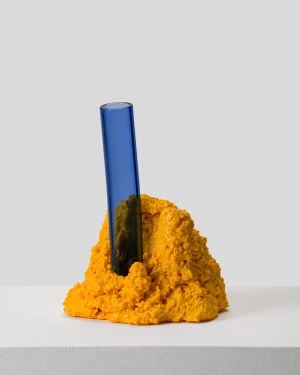"Upcycling & Reuse" represents the transformative art of giving new life to discarded or old materials. This design discipline, with roots in sustainable practices, highlights creativity and environmental responsibility, turning waste into beautiful and functional pieces.
- First Introduced: Mid 20th century
- Main Influences: Sustainability movement and eco-awareness
- Originated: Globally, with strong roots in European countries like France
- Why it Emerged: Response to waste crisis and artistic innovation
Components and Materials
- Wood: Often repurposed from old furniture or structures
- Metal: Rescued from scrap, can be refashioned into new designs
- Fabrics: Old clothes or textiles turned into upholstery or decor
- Glass: Bottles or old windows can be reshaped and reused
Techniques in Upcycling & Reuse
- Refurbishing: Restoring a piece to its former glory with modern touches
- Repurposing: Using an item in a new way, like turning a ladder into a shelf
- Combining: Bringing together multiple old items to form a new piece
- Decorative overhaul: Altering the look without changing the function
Current Uses of Upcycling & Reuse
- Lighting: Old materials turned into unique lamps or chandeliers
- Furniture: Refurbished chairs, tables, or cabinets with modern aesthetics
- Decor: Art pieces made from recycled items, adding charm to spaces
The Essence of Upcycling & Reuse
At its heart, "Upcycling & Reuse" embodies creativity intertwined with sustainability. This discipline emerged in response to our growing awareness of waste and environmental impact.
Today, artists across the globe harness this approach, producing pieces that not only serve a function but also stand as a statement for eco-conscious living, making "Upcycling & Reuse" not just a design discipline but a movement for change.
Discipline /
Upcycling & Reuse
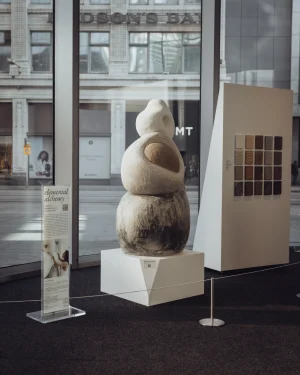 In stock
In stock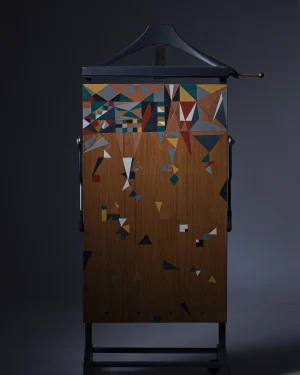 Sold
Sold
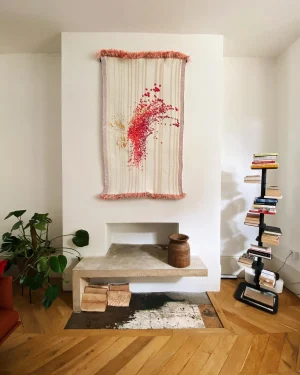 In stock
In stock In stock
In stock
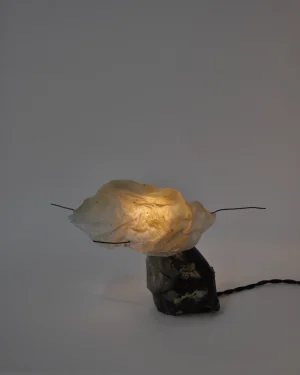 In stock
In stock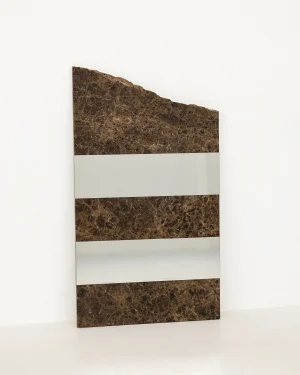
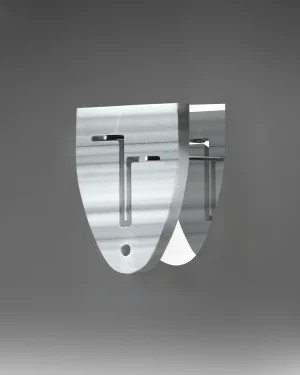
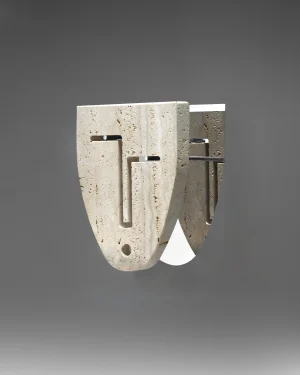
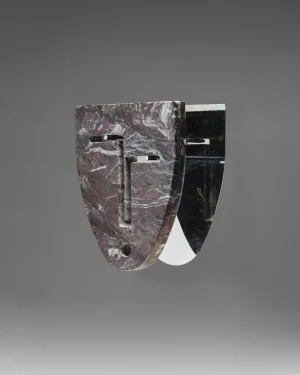
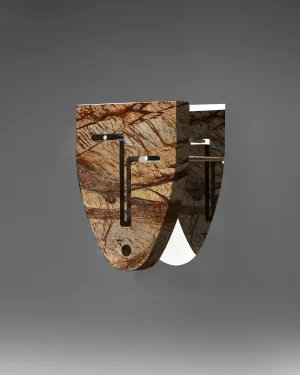

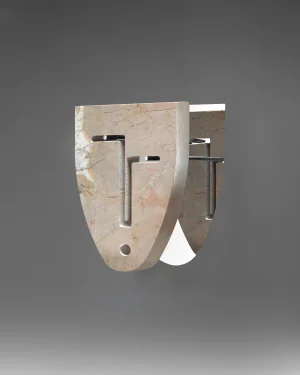
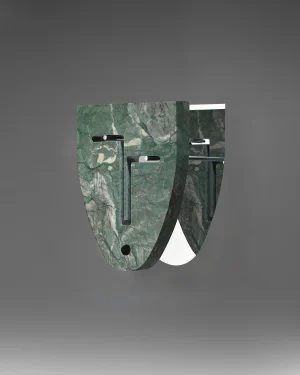
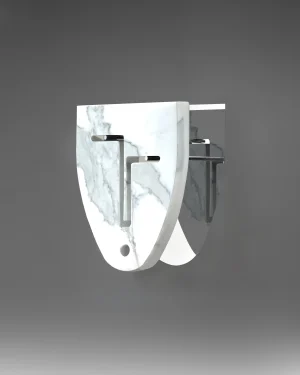
 In stock
In stock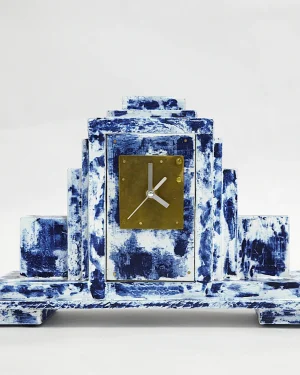 Free shipping
Free shipping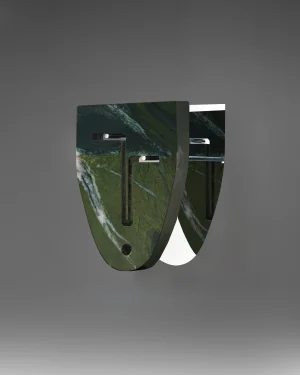
 Sold
Sold
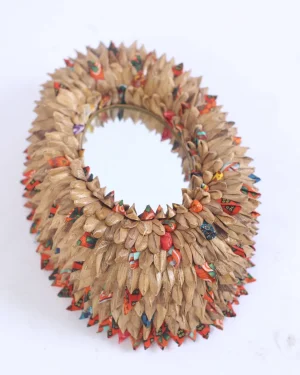 In stock
In stock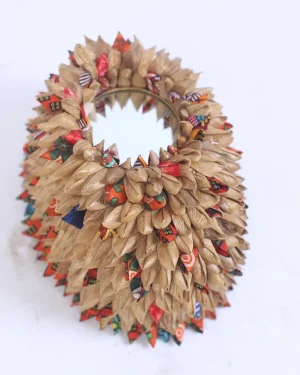 In stock
In stock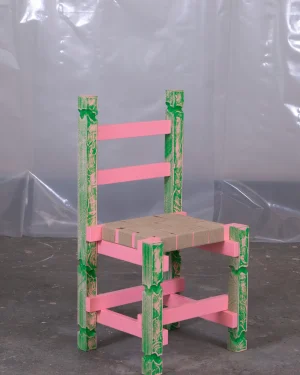 In stock
In stock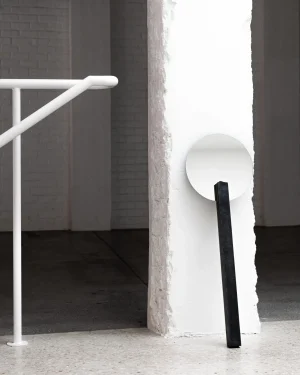 In stock
In stock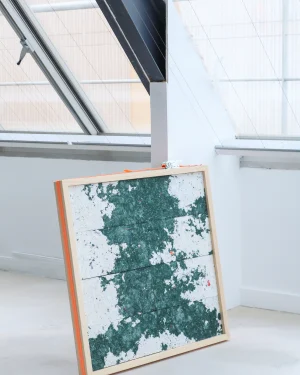 In stock
In stock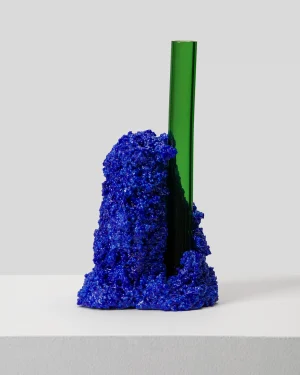 In stock
In stock In stock
In stock Sold
Sold In stock
In stock Free shipping
Free shipping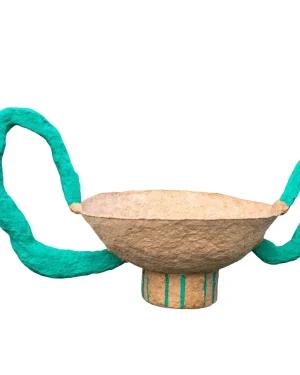 In stock
In stock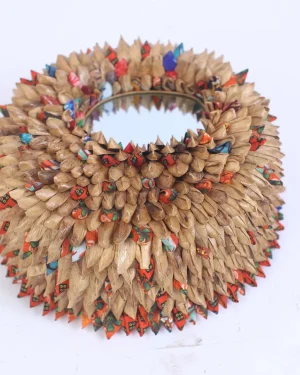 In stock
In stock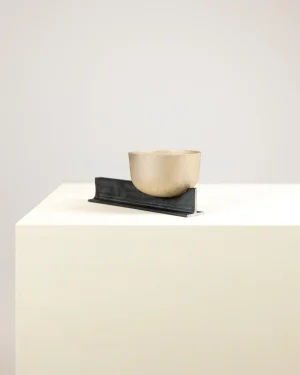 In stock
In stock In stock
In stock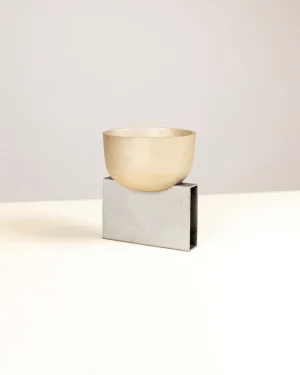 In stock
In stock Sold
Sold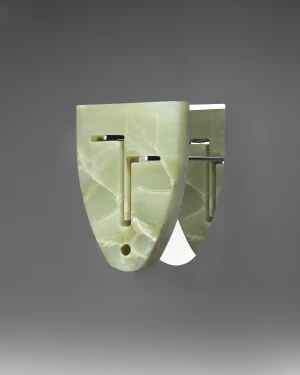
 In stock
In stock Sold
Sold
 Sold
Sold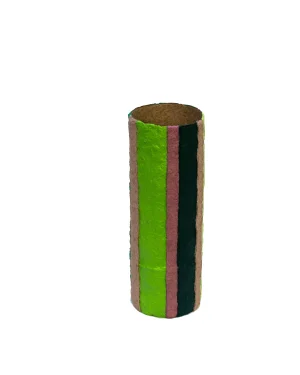 In stock
In stock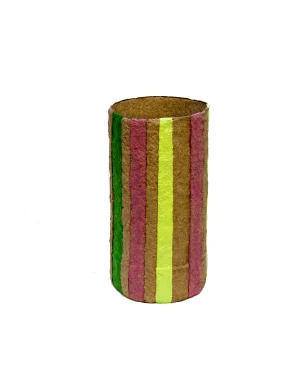 In stock
In stock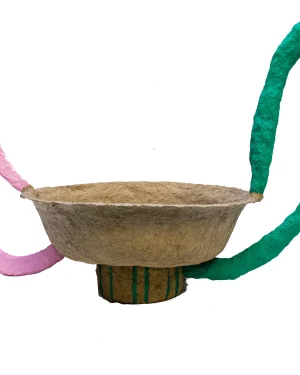 In stock
In stock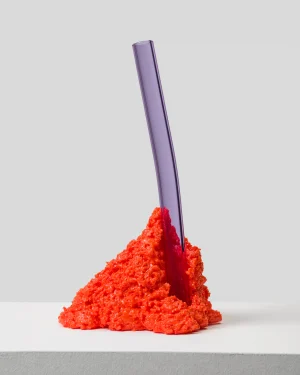 In stock
In stock